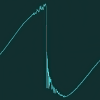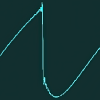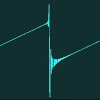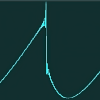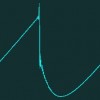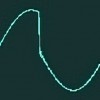I am aware of, and uninterested in the various ROMPLER solutions available.
Here's what I have found, and my preliminary conclusions. I am looking for others who have gone further down this rabbithole.
Steinberg A1 - sound is on point, but not as flexible.
LARGO - does not contain the ballsy-ness of Pulse, but has the flexibility (XOR and Sync). Also is difficult (not impossible) to get away from the metallic.
KOMPLEXER - SEEMS TO CONTAIN the ballsy-ness and flexibility of Pulse.
Unexpected player: DiscoDSP Corona - Seems to be MADE to emulate Pulse as it has XOR, Sync, and 23 Pulse waveforms already internal. I have listened to this one the least.
ArcSyn is on the radar too


